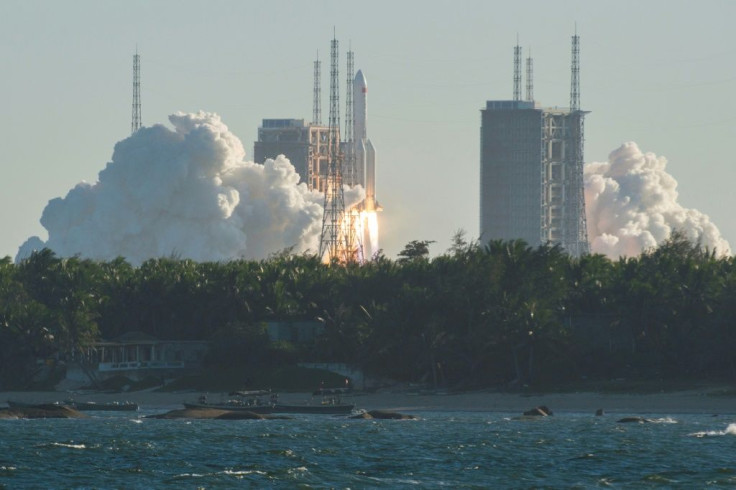China Successfully Launches Two Satellites Into Planned Orbit
KEY POINTS
- China successfully launched two satellites on Sunday
- The launch comes after four satellite launches in May
- The Sunday launch was the 333rd launch for the Long March rocket series
China successfully launched two satellites into the planned orbit on Sunday (May 31), marking the 333rd launch of the Long March rocket series.
China sent the satellites into the orbit with the Long March 2D carrier rocket at 4.53 p.m. (4.53 a.m. ET) from the LC43/94 launch complex at the Jiuquan Satellite Launch Center in Inner Mongolia.
It was only in mid-May that China launched two communication satellites, but it is clearly ramping up its launch schedule. Following the mid-May launch, China also sent to the planned orbit two technology experiment satellites earlier last week.
Long March 2D's main passenger was the Gaofen-9 optical remote sensing satellite, which is capable of taking images with a resolution of about a meter. According to Xinhua, Gaofen-9 will be used for land surveys, urban planning, crop estimates, land rights, road network designs and disaster prevention among others.
The Gaofen series of satellites was developed and launched for the China High-definition Earth Observation System, which is one of the 16 key science and technology programs under the Chinese government's 2006 to 2020 plan. The agencies said to use the Gaofen satellite series include the Ministry of Land and Resources, the Ministry of Environmental Protection, and the Ministry of Agriculture.
Under the program, as many as 14 Gaofen satellites were set to launch between 2013 and 2020. Other satellites in the series have been launched earlier, with Gaofen-1 being launched in April of 2013 and the others in the years that followed.
"The satellite will work together with other Gaofen satellites to form an Earth observation system with high resolution and high positioning accuracy, which will help promote international sci-tech industrial cooperation through data sharing and support the Belt and Road initiative," NASA Spaceflight said.
The Belt and Road Initiative is a global development strategy that aims to connect Asia, Africa and Europe, and involves investments in about 70 countries and organizations.
The Sunday launch also included the HEAD-4 satellite that can carry out information collection, such as those of ships, aircraft and the Internet of Things. Built by the Shanghai Academy of Spaceflight Technology, the HEAD-4 satellite has a feature that can process 2 million Automated Identification System short messages per 24 hours.

© Copyright IBTimes 2024. All rights reserved.






















